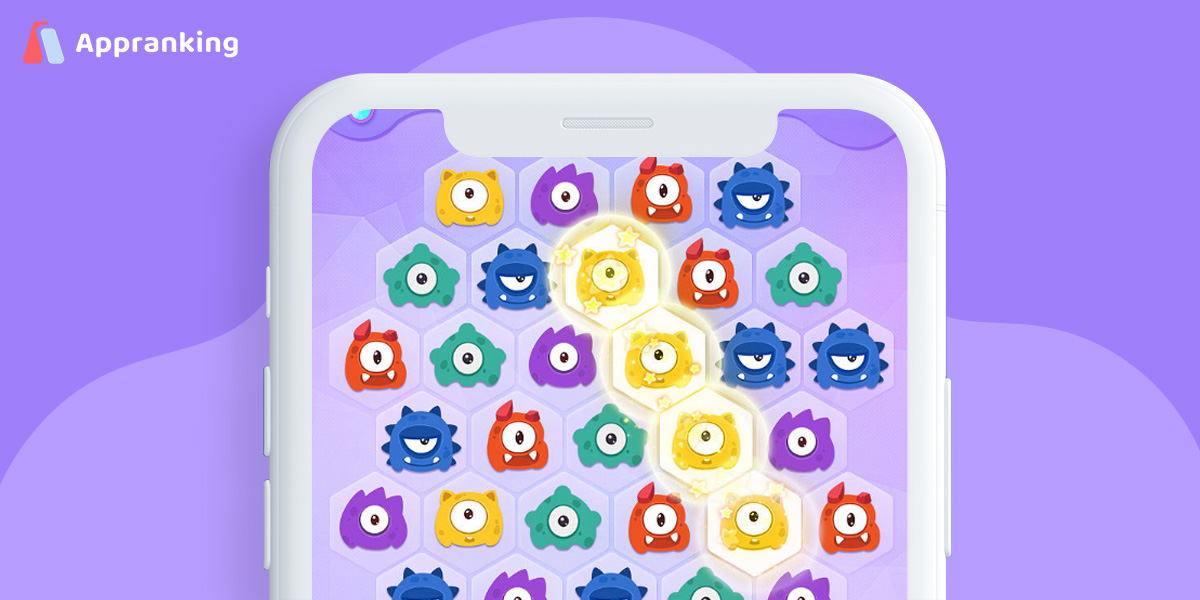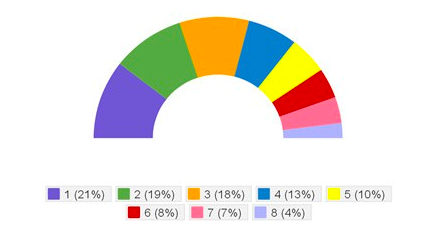
Every day, millions of children use mobile devices for games and other forms of entertainment. Even though children are rarely app buyers, this audience represents a sizable portion of the mobile market and has a high potential for profit for developers and businesses.
Technology advances and the days of children learning solely from books are long gone. Modern children have grown up in the age of social networks and mobile apps, and they use their smartphones to consume content. So, why not assist them by developing a fantastic product?
In this article, we'll discuss the kids' app niche and provide some practical advice for those who are serious about developing and promoting mobile apps for children.
The Target Audience
Identifying your target audience is a difficult task. This can become a trap for those creating apps for children. To avoid problems caused by ineffective positioning and marketing, you must answer the following two critical questions:
- What is your app's target age range?
- Who will decide whether to install it or not: the child or the parents?
In terms of age, most children aged 4 and up use mobile apps on a regular basis and can easily install them on their devices. Before this age, parents make the majority of decisions about installs, paid product purchases, and in-product purchases.
The age ranges used, however, must not be more than 2-3 years. Children grow much faster than adults, so their priorities and values change on a regular basis.
You should ignore technology during the concept stage. The idea itself is far more important than the tools required to put it into action. Simply observe children to see how they interact with one another, what catches their attention, and what does not. It is difficult to conduct such "play tests" with children; however, they may provide you with a wealth of valuable and useful information for your product.
The App types for kids
The market for children's mobile apps is saturated and diverse, perhaps even more so than the market for adults. Aside from the age breakdown, there are three main app types:
- Gaming apps (downloaded mostly for entertainment). The developer's main task in this case is to create an interesting scenario that is engaging enough to keep children's attention.
- Educational apps (especially relevant for preschoolers, for example). These products, for example, are intended to teach children how to read and count.
- Art apps (various skill-building and brain-development software helping with arts and crafts, e.g., drawing, coloring, constructing things, etc.). These are particularly popular among parents who want to help their children grow.
Regardless of the type, the greatest challenge — and greatest advantage — in developing apps for children is the high demand for quality and the difficulties in creating such content because it requires specialists from various fields.
Tips on developing apps for children
Design is an important consideration for any app, but it cannot be overstated if your target audience is children. To be on the safe side, make everything more colorful and bright.
The start screen is the most important because it serves as the potential audience's first impression. As a result, your introduction should be eye-catching, rich, and colorful.
According to polls, the following is the color palette of children's favorites:

When you look at the best apps for kids in your chosen category, you will notice that the most successful ones use these colors.
In terms of user experience, the interactive elements of the user interface must be clear and stand out from the rest. You can use a few simple techniques of children's app design to highlight such elements:
- shadows;
- colored outlines;
- animations;
- background dimming, etc.
Even if your interface is simple, children will be interested if it is colorful and contains a variety of bright and engaging elements.
Another difficulty is good navigation. Children have a tendency to touch everything that catches their attention, and if the navigation is complicated and time-consuming, they may become disoriented in the app. You can avoid this by using a full-screen menu that allows you to easily access all of the app's sections.
The buttons should be large and visible, and the icons should be bright. Use more images and less text because many of your users — especially children — will be unable to read complicated words and sentences.
If an interaction has multiple steps or options, it is best to divide it into stages that must be completed sequentially.
For children, tapping and swiping are the most natural and simple interactions. Keep this in mind as you design interaction methods for your future product.
While the animation is visually appealing and engaging, keep in mind that if you use it even once, you will need to use it throughout your app because static elements will look boring in comparison.
When an interface element reacts in a certain way during its interaction with the child, animation can be used as a feedback mechanism. This is especially intriguing when combined with sound effects.
Applause or cheerful exclamations and interjections can also be used to encourage children to continue playing. Children always respond positively to music, so if you can incorporate it into your app, you should do so.
Remember that analytics and advertising in children's apps should be closely scrutinized. You should never collect personal information. This is true not only for the data you collect directly but also for everything you collect at the library level.
Google, for example, removed three popular children's apps from its Play Store at the end of 2020. More than 20 million installs were made for them. Those allegedly collected personal data from children; however, the collection could have been done by the third-party ad and analytics services they had integrated. Whatever it is, make sure to read the corresponding App Store and Google Play policies and do your best to adhere to them.
How to promote apps for children
Here are some of the methods appropriate to use when marketing your product.
Site and forum presentations
There is no shortage of forums that cater to your target audience and help you promote your app. Your suggestions and apps will be automatically considered valuable if you become a respected member of such a forum. People will begin to pay attention to what you have to say and offer based on your role in the community. These forums and websites can then be used to easily promote your apps and attract new users.

Advertising
Another great and effective way to inform parents about your app is to promote it on social media. YouTube has become the primary source of new game information for children. YouTube's recommendation system ensures that new games and videos are constantly introduced to the children watching based on their search and viewing habits. Furthermore, the platform is growing in popularity.
When it comes to mobile games, kids now regard the algorithm's recommendations as valuable as their friends' recommendations. Twitch, another streaming platform and YouTube competitor, is used by only 12% of children looking for information about mobile games.
You could also use more traditional advertising networks, but in this case, you should try to appeal to parents because small children are unlikely to use any of these sites (e.g. Facebook).
App Store Optimization
Obviously, store optimization should not be overlooked. A colorful and appealing icon and screenshots will catch the children's attention, while a clear and straightforward description of its benefits will help you explain to parents what's going to happen inside and what they're likely to start paying for.
Of course, if you reach the top, you will become more visible to parents looking for ways to keep their children entertained.
You can use in-game prompts to request detailed feedback, but this should also be done with caution. Children frequently don't see the point in taking the time to review things, especially since they can easily give you a low rating if you interfere with their fun too much.
Challenges of kids' apps
Problems with content, analytics, and monetization are just the tip of the iceberg. Many challenges await those attempting to create a successful mobile app for children, including promotion, localization, testing, and CustDev with parents. However, if you are successful in developing a good and useful product, it will pay for itself many times over. Hardly a single parent would skimp on their children's, right?
Join Appranking for more Mobile Market Insights!
Empower your team with our App Marketing Intelligence
Free forever. Cancel anytime.


